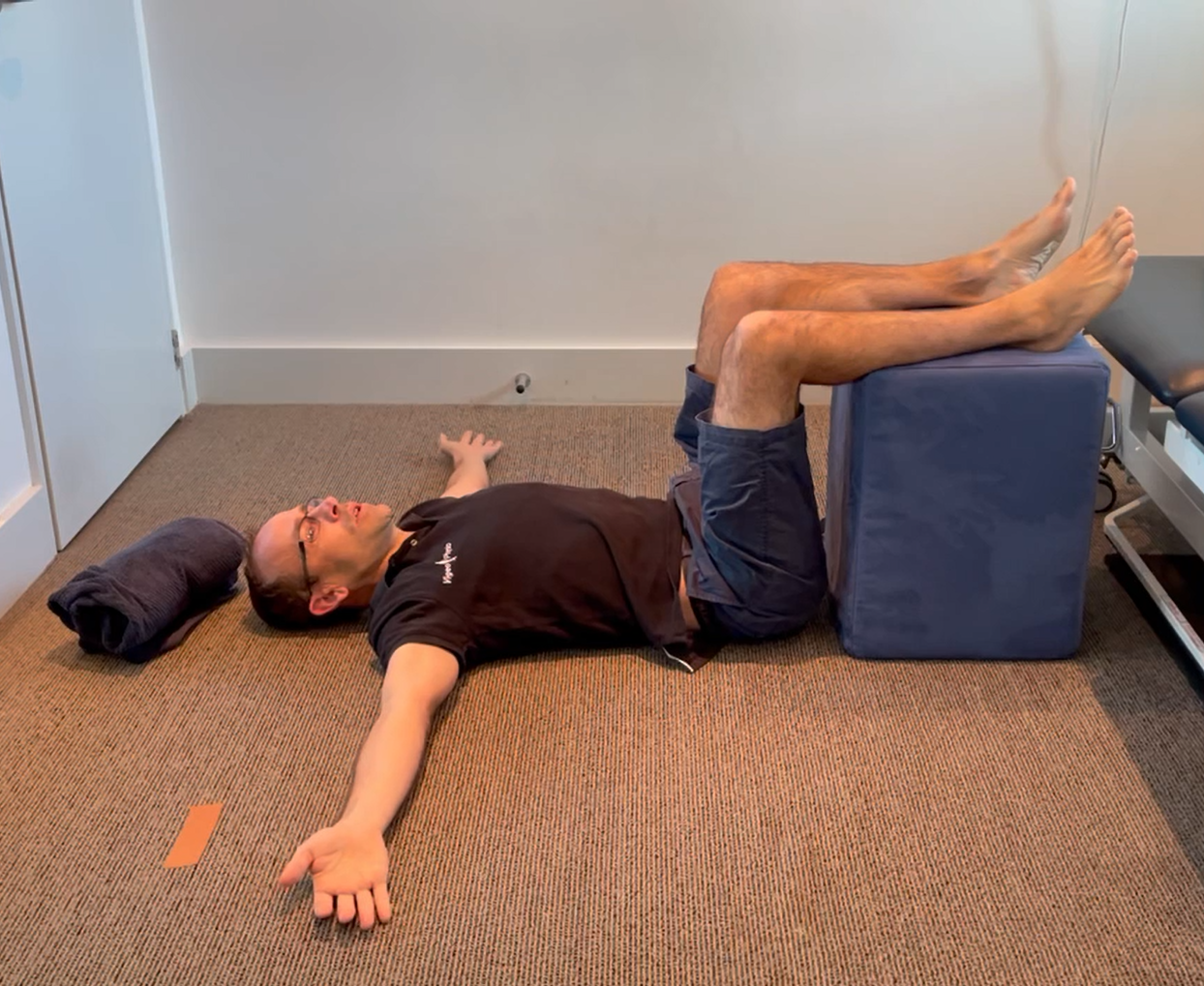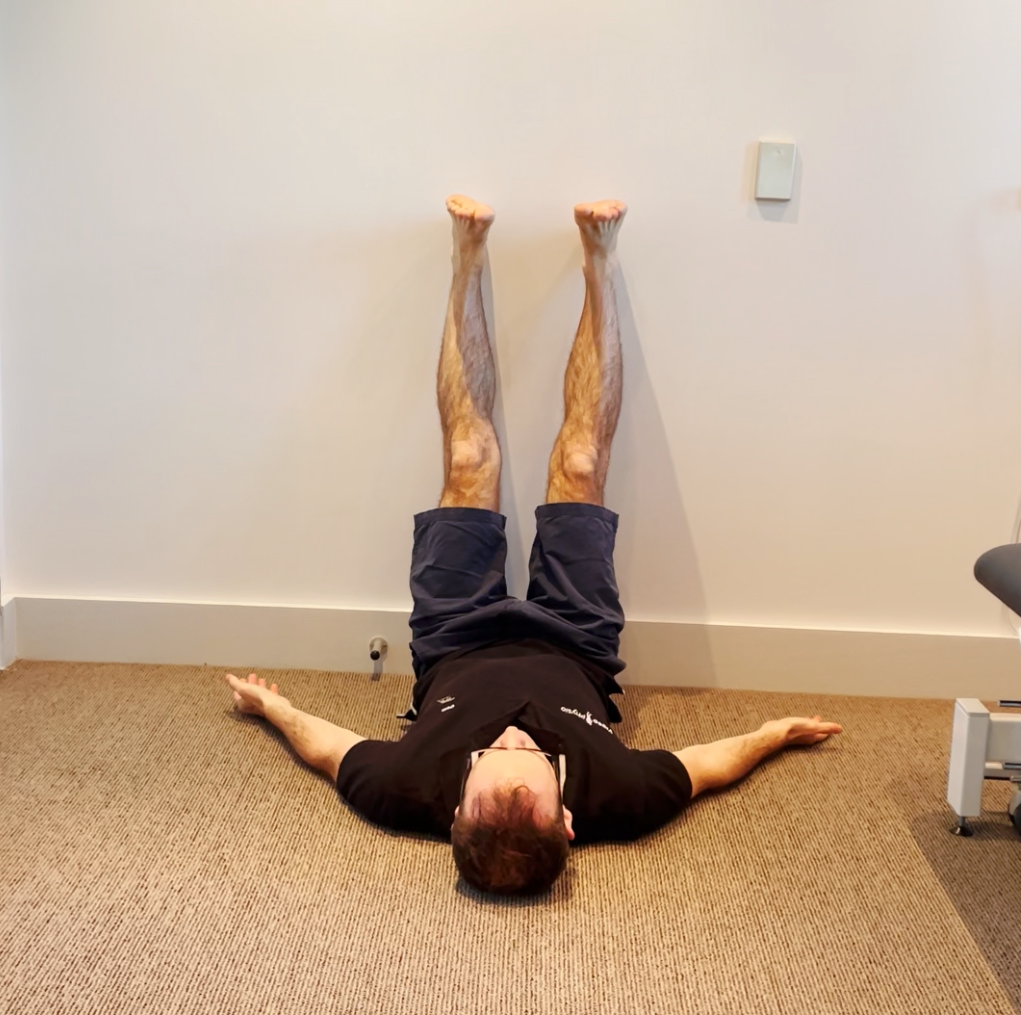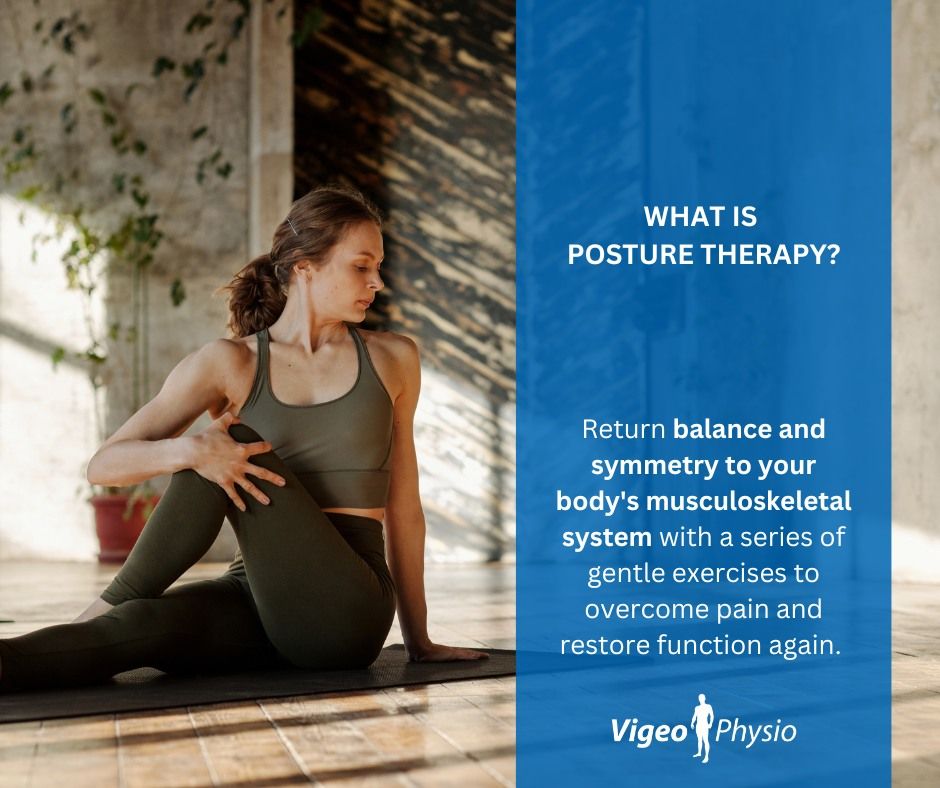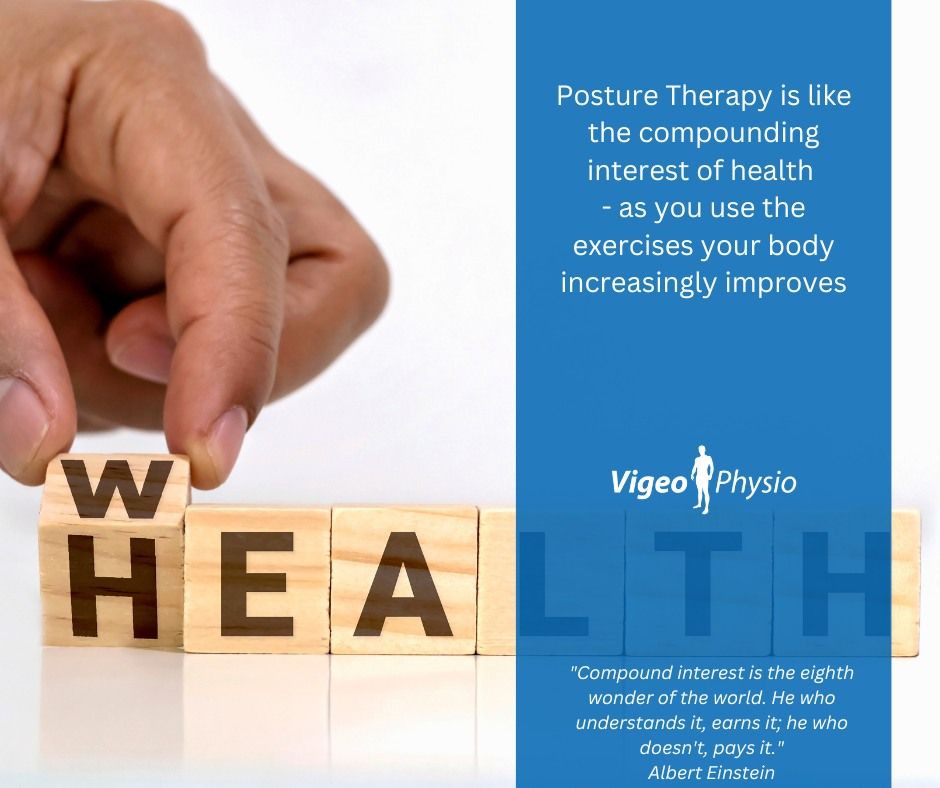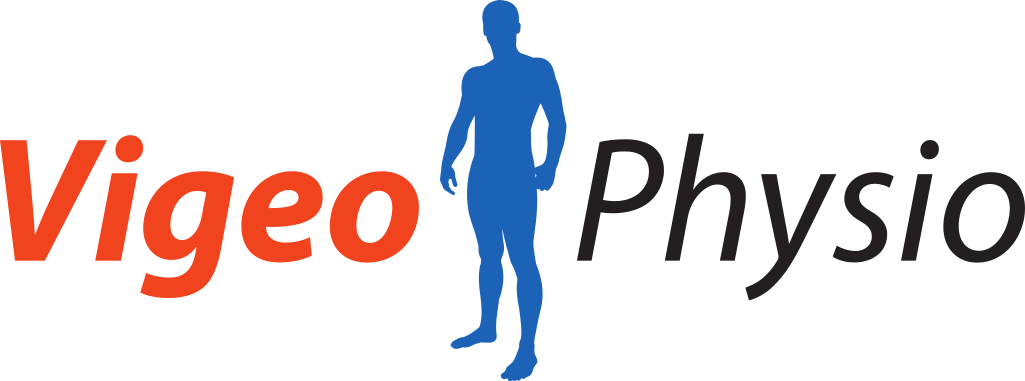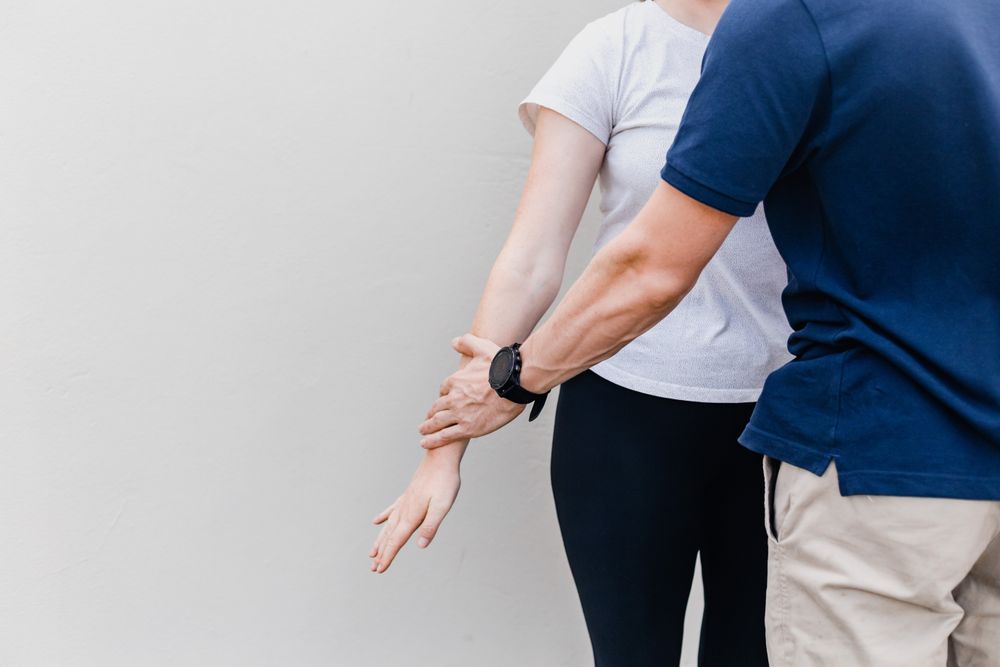What is Posture Therapy?
Posture Therapy is a holistic form of physical therapy that aims to correct postural imbalances in the body, and by doing so, prevent and treat musculoskeletal pain and dysfunction. It’s a non-invasive, drug-free alternative to traditional physical therapy that may be helpful for people with chronic pain conditions or movement disorders.
The posture therapy approach is based on the idea that many musculoskeletal problems and chronic pain conditions are caused by poor posture; the body is designed to move in a specific way, and when it is not properly aligned, it can cause stress and strain on the muscles, joints, and other structures.
Let's say your body is like a racecar going around a track. Are you happy with an average vehicle that functions in an average way? Or would you rather have a well-tuned, carefully maintained vehicle that performs at its best?
Posture therapy goes beyond symptom relief, getting to the source of the problem by re-aligning your posture, muscles, joints, nerves, and other systems, so they can function as they are intended.
With posture therapy, you can have a well-functioning body that can enable you to move well and feel great, at all the stages of your life.
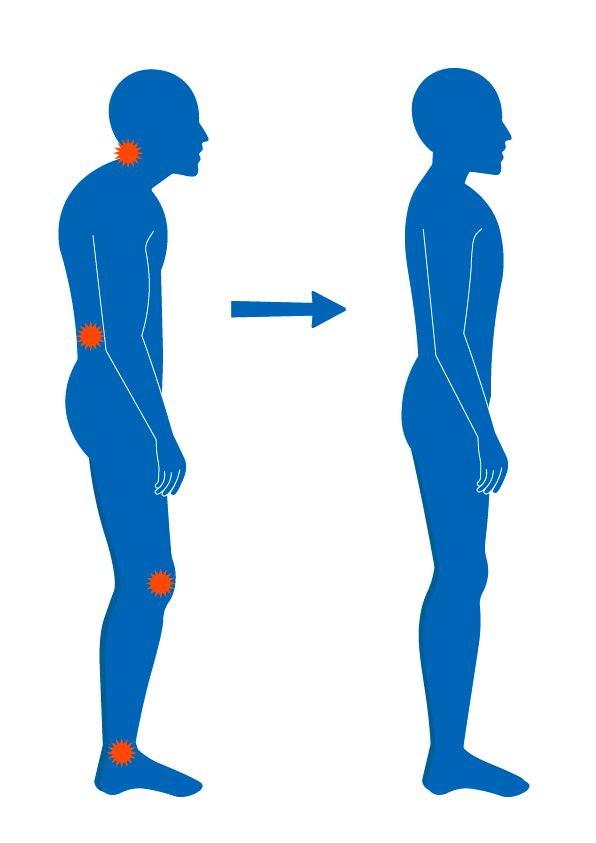
What does Posture Therapy involve?
This therapy involves a series of exercises and stretches designed to improve posture and alignment, relieve pain, and increase mobility. These exercises are typically done at home and are designed to be low-impact and easy to perform.
We start with a comprehensive evaluation of your posture and movement patterns to identify areas of imbalance and dysfunction. Based on this evaluation, we create a personalised program of exercises to address these issues and restore proper alignment and function.
Posture therapy is a person-centred approach that gives you the tools to troubleshoot your own physical health. You’ll learn self-management strategies that teach you to listen to your body and put you in the driver’s seat of your recovery. This approach is supported by pain research that shows active coping strategies produce significantly better outcomes in health, compared with passively receiving treatment.
What Posture Therapy isn't
Posture therapy isn’t like traditional exercise or massage. It’s more like yoga stretches or strengthening, where the key benefits come from a programme of exercises. To see the full benefits, posture therapy exercises need to be done as a menu (grouped list of exercises) rather than as individual exercises.
Posture therapy also isn’t a replacement for cardio; you’ll need to continue doing your favourite cardio yourself (e.g. cycling, running, walking, or swimming).
How soon can I expect results?
While posture therapy can provide rapid relief from your symptoms, it isn’t a ‘quick fix,’ and it takes time and effort to see the full benefits. Ideally, posture therapy would be used as a way to get an incredibly healthy body so you can get the best out of life… but most people don’t think of it until they have a problem.
Posture therapy is also a great preventative to help you recover more quickly from injuries in the future. When considering your recovery timeline, we start by asking: is your body condition vulnerable to injury, or in good shape? If you were vulnerable prior to your injury or illness, it’s likely that you would be more affected, and have a longer recovery timeframe. If you were in good physical condition before your injury, it’s likely that you’ll bounce back well and be back into things quicker and easier.
Think of posture therapy as an investment in your health, with handsome rewards to come in the future. How much will you invest now, to gain tools and knowledge that will support your health now and for the rest of your lifetime?
